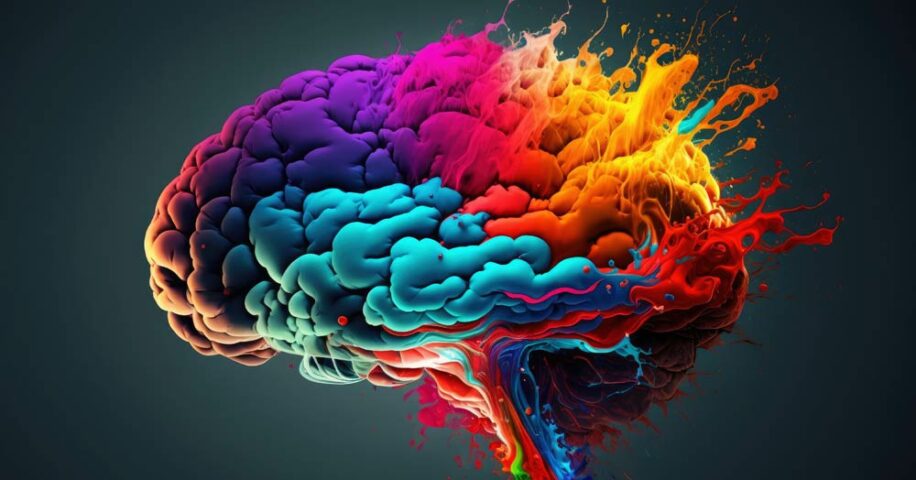
The Importance of Embracing Diversity in Content Marketing
November 18, 2023
How to Market to Millennials: Engaging a Generation that Values Authenticity
December 1, 2023The Neuroscientific Edge: Why Print Marketing Triumphs Over Digital Marketing

In an era dominated by digital technology, it might seem counterintuitive to suggest that print marketing is not only relevant but often more effective than its digital counterpart. However, the emerging field of neuromarketing offers intriguing insights into consumer behavior, shedding light on why print marketing can be a powerful tool for businesses. Let’s take a look into the fascinating world of neuromarketing and explore why print marketing has a unique advantage in capturing consumer attention and driving engagement.
Understanding Neuromarketing
Neuromarketing is the marriage of neuroscience and marketing, a discipline that studies how the brain responds to advertising and promotional stimuli. By using various neuroscientific techniques, such as fMRI scans and eye-tracking, researchers gain valuable insights into consumers’ subconscious reactions to marketing materials. These insights have significant implications for understanding why print marketing stands out in an increasingly digital world.
The Tangibility Advantage
One of the key factors that set print marketing apart is its tangibility. When people hold a physical piece of print marketing material, such as a brochure, catalog, or flyer, it engages their sense of touch. This tactile engagement triggers various sensory receptors in the brain, creating a more memorable and immersive experience.
According to research conducted at Temple University, physical materials leave a deeper imprint on the brain compared to digital content. When people touch and interact with print materials, it activates the ventral striatum, an area associated with the anticipation of rewards and pleasure. This positive emotional response can lead to a stronger brand connection and increased purchase intent.
Reduced Cognitive Load
Digital marketing bombards consumers with an abundance of information and distractions. The constant stream of emails, pop-up ads, and social media notifications overwhelms the brain’s cognitive resources. As a result, people often engage in shallow, fragmented browsing, making it challenging for digital advertisements to make a lasting impression.
In contrast, print marketing offers a respite from the digital noise. When individuals engage with printed materials, their brains experience reduced cognitive load, allowing them to focus more on the content at hand. This heightened focus leads to better comprehension, retention, and recall of the marketing message, which can significantly boost the effectiveness of print marketing campaigns.
Emotional Connection
Print marketing has a unique ability to evoke emotions and create a deeper connection with the audience. Studies have shown that people perceive physical materials as more trustworthy and authentic compared to digital content, which is often viewed with skepticism due to concerns about online privacy and security.
When consumers encounter print marketing, it taps into their emotional brain regions, such as the amygdala and hippocampus. These regions are responsible for processing emotions and memories. Consequently, print materials are more likely to evoke emotional responses and create lasting brand associations, a crucial factor in building customer loyalty.
The Power of Multisensory Engagement
Print marketing doesn’t rely solely on touch; it engages multiple senses simultaneously. High-quality print materials often feature vibrant colors, appealing textures, and even scents. This multisensory experience amplifies the brain’s response and enhances the overall impact of the marketing message.
For instance, a perfume ad in a magazine can include a sample scent strip, allowing readers to not only see the product but also smell it. This sensory combination creates a powerful and memorable impression that’s difficult to replicate in the digital realm.
While digital marketing undoubtedly has its merits, the emerging field of neuromarketing provides compelling evidence for the effectiveness of print marketing. The tangibility, reduced cognitive load, emotional connection, and multisensory engagement offered by print materials make them potent tools for capturing consumer attention and driving engagement.
In an increasingly digital world, businesses that incorporate print marketing into their strategies can leverage the unique advantages it offers to create more impactful and memorable brand experiences. By understanding the neuroscience behind consumer behavior, marketers can make informed decisions that harness the power of print in a digital age.






